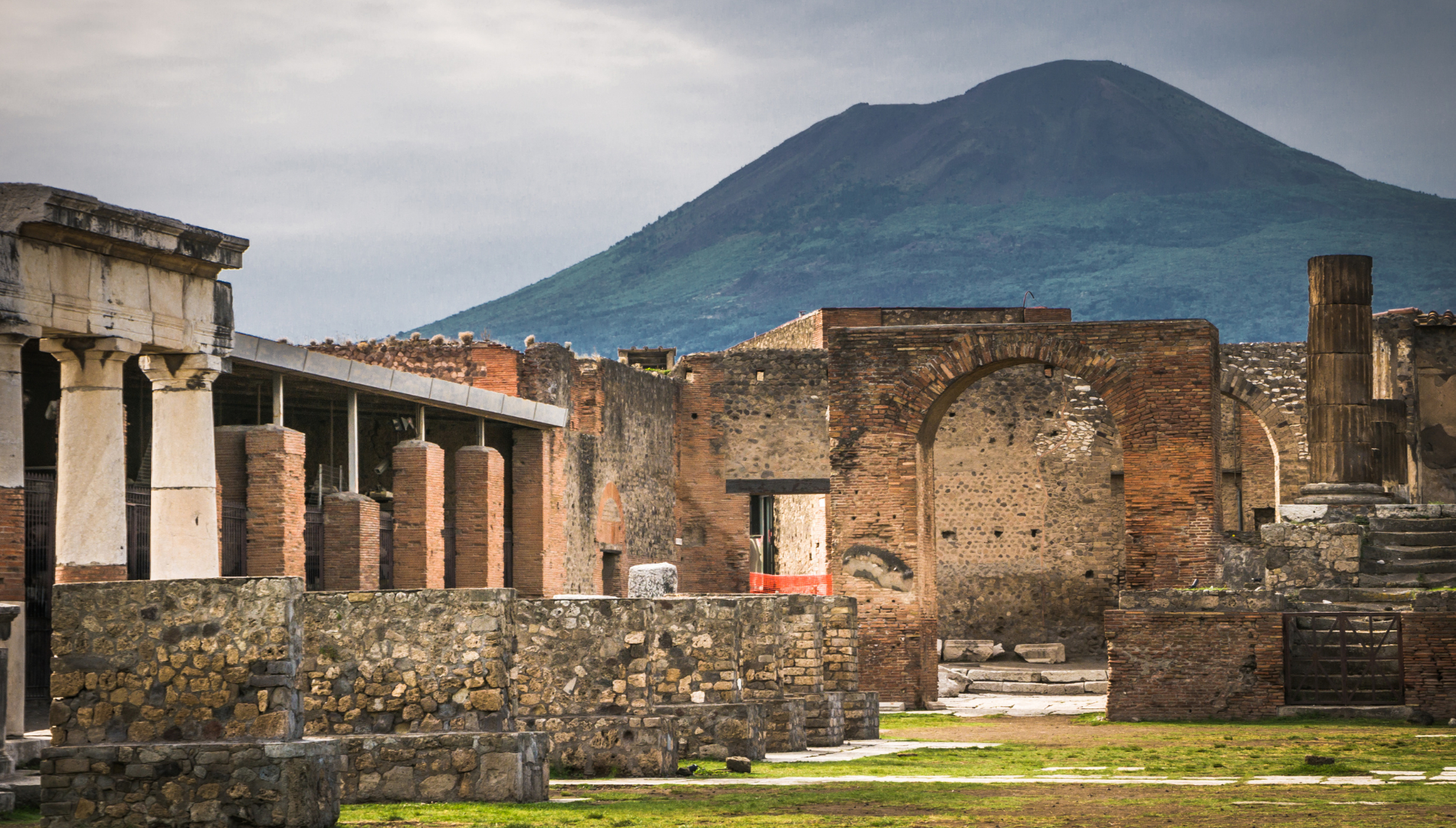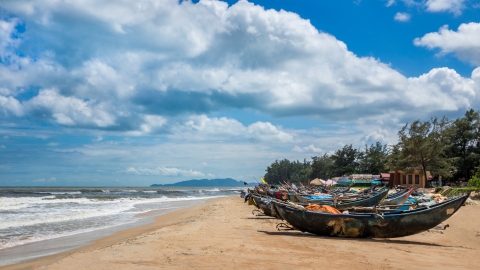Pompeii, known as the “dead city”, was recognized by UNESCO as a World Heritage Site in 1997 and is an extremely attractive destination for adventure enthusiasts around the world. The place that was once known as the most luxurious entertainment place in ancient Rome is now attracting public attention with the “Pompeii Great Project”.
To preserve the pristine beauty and historical value of the relic, from November 15, the management board decided to limit the number of visitors per day to 20,000 people. This measure aims to minimize overcrowding, limit negative impacts on the environment and ancient architectural works, and ensure the best visiting experience for visitors.

The announcement to limit the number of visitors per day was made after a surge in visitors, with a peak of more than 36,000 visitors on a Sunday.
The announcement comes after a surge in visitors, with more than 36,000 peaking on a free Sunday. Director of the site Gabriel Zuchtriegel said easing the pressure on Pompeii was necessary to ensure the safety of visitors and to preserve the precious site.
In Italy, museums are free on the first Sunday of every month, but on weekdays, entry to Pompeii costs 18 euros ($19.32), which allows visitors to see the ruins of a once-thriving city buried under volcanic ash from Mount Vesuvius after it erupted in 79 AD.

According to data from the Italian Ministry of Culture, in 2023, Pompeii attracted more than 4 million tourists, an increase of 33.6% over the previous year, equivalent to an average of 11,200 people/day.
According to the Italian Ministry of Culture, Pompeii attracted more than 4 million tourists in 2023, an increase of 33.6% compared to the previous year, equivalent to an average of 11,200 people/day. The decision to limit visitors per day is an important step to preserve this precious heritage. Pompeii is not the only destination in Italy to apply measures to control the number of visitors.
According to archaeological documents, more than 2,000 years ago, Pompeii was a Roman city-state, located in the Campania region, within the boundaries of the Pompeii commune, southern Italy. The city, as well as its towns and agricultural lands, were located around the foot of Mount Vesuvius. Up to now, the Pompeii ruins have been continuously excavated for nearly three centuries, and about 75% of the city's area has been excavated. Fortunately, the statues were completely intact after the volcanic eruption.




































